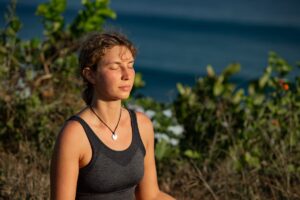
5 Favorite Youtube Meditations and Why
Looking to meditate more but unsure where to start? Here are our five current favorite YouTube meditations. 4-7-8 breathing We love teaching clients the 4-7-8 breathing technique. This simple,


Looking to meditate more but unsure where to start? Here are our five current favorite YouTube meditations. 4-7-8 breathing We love teaching clients the 4-7-8 breathing technique. This simple,

Life can often be stressful, and we can all benefit from tools that help us manage our well-being and find balance. In this curated repost, we’ve gathered links to some
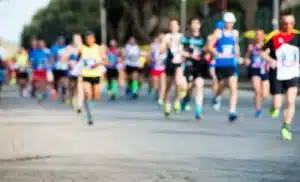
After completing a marathon, it is important to prioritize your post-race fuel. A nutrition recovery plan post-marathon is vital for repairing muscles, replenishing glycogen stores, and replenishing fluids and electrolytes.
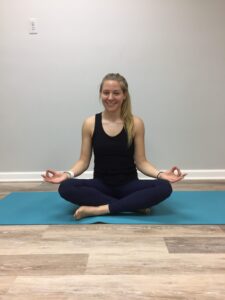
In our fast-paced world, finding moments of peace can seem like a daunting task. Meditation offers a powerful antidote, allowing us to cultivate mindfulness, reduce stress, and connect with our
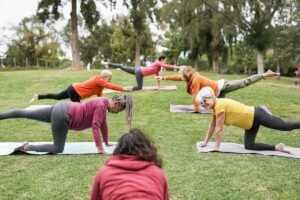
Menopause marks a significant transition in a woman’s life, often accompanied by physical, emotional, and hormonal changes. As the body undergoes these changes, maintaining an active lifestyle can be one
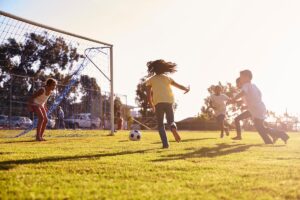
Being physically active has so many health benefits for children and adolescents. In today’s world, technology often rules and it’s difficult to coax kids away from phones and video games
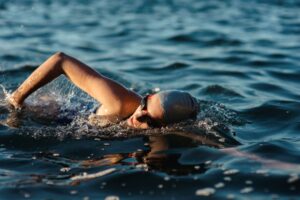
Embracing Wellness: The Transformative Impact of Low-Impact Exercise on PCOS By Lauren Licatesi and Laura Cipullo PCOS is a prevalent endocrine condition that affects women who are of reproductive age.

Sign up for Laura Cipullo’s Nutrition & Wellness Newsletter to receive expert guidance on mindful eating, balanced nutrition tips, and practical advice for living a healthier, happier life. Choose what topics you want to hear about to get the resources you need.

Copyright © 2024 Laura Cipullo